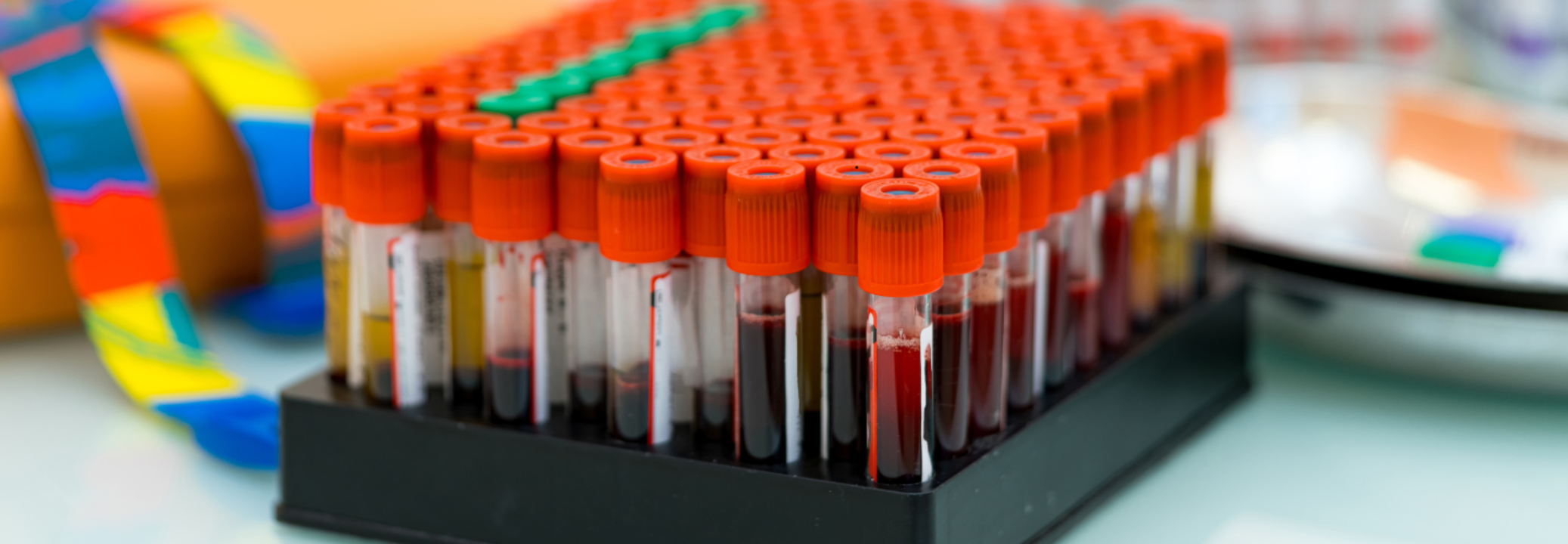Japan Races To Develop World’s First Artificial Blood, Trials To Begin

SummaryJapan Lab Grown Blood: Japan is developing the world’s first artificial blood, aiming for clinical use by 2030 to tackle donor shortages and aging population challenges with lab-made red cells.
End of Article
